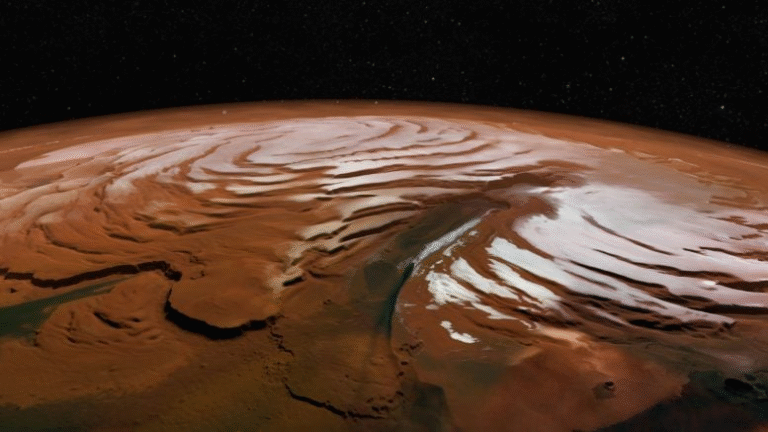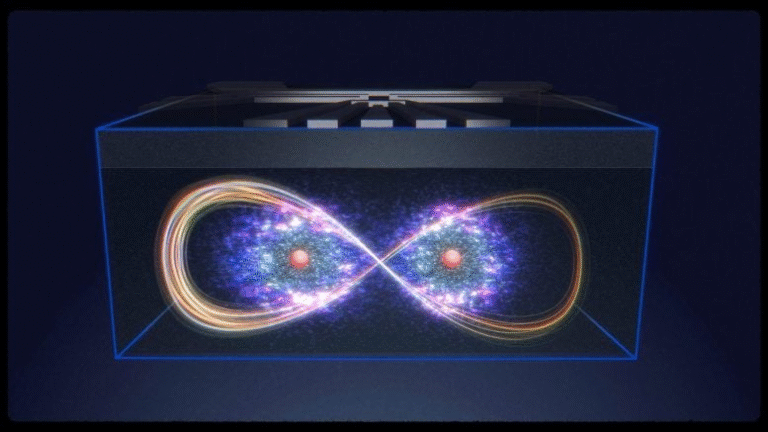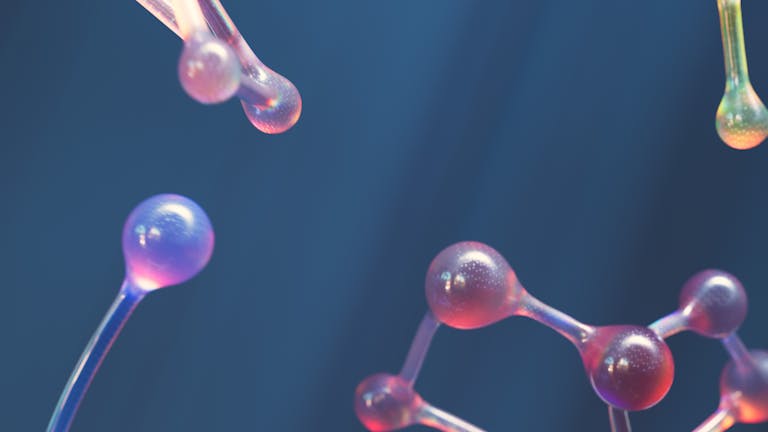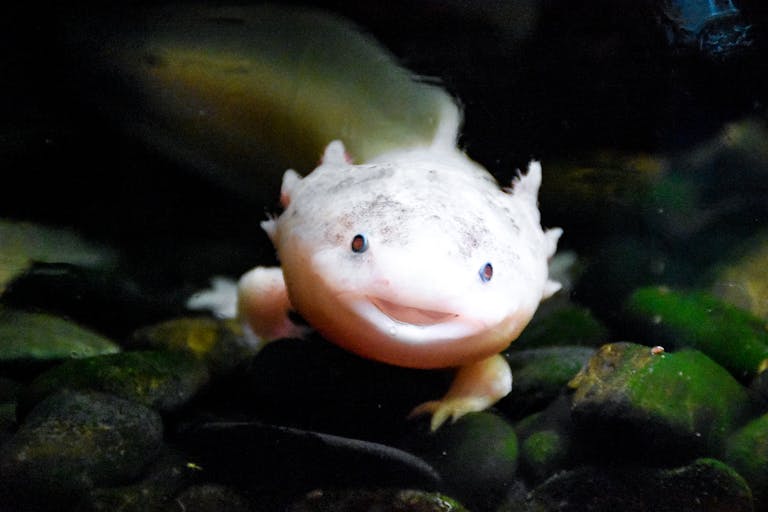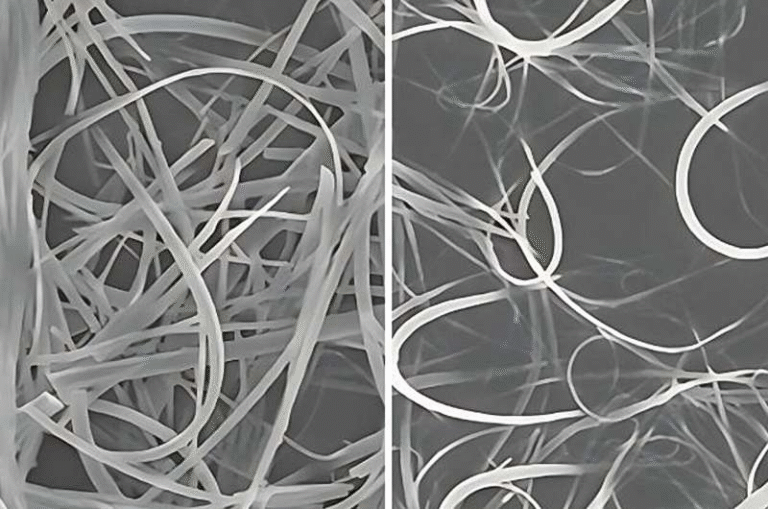Diamonds Push Quantum Tech Forward: Record-Breaking Photon Collection from Nanodiamond Antennas

Researchers from the Hebrew University of Jerusalem and Humboldt University in Berlin have achieved something that scientists in the field of quantum optics have been chasing for years: capturing nearly all the light emitted from tiny defects inside diamonds. This breakthrough is not just another incremental step. It’s a record-setting achievement in photon collection that could transform quantum communication, sensing, and computation.
The study, recently featured in APL Quantum, shows how a combination of nanodiamonds and specially designed bullseye nanoantennas allows nearly perfect photon capture at room temperature. Let’s take a detailed look at what was done, why it matters, and how it connects to the broader world of quantum technologies.
What Exactly Did They Do?
The team worked with nitrogen-vacancy (NV) centers, which are tiny defects in the diamond lattice. In simple terms, an NV center occurs when a nitrogen atom replaces a carbon atom in the diamond and sits next to a missing carbon (a vacancy). These imperfections behave like quantum “light switches,” capable of emitting single photons—particles of light that can carry quantum information.
The big problem until now has been photon loss. When an NV center emits light, it doesn’t shoot out in one neat direction—it radiates everywhere. Traditional optics can only catch a small portion of this scattered light. That inefficiency has been a roadblock for turning NV centers into practical components for quantum computers, secure communication networks, and ultra-sensitive sensors.
The new solution was to embed nanodiamonds with NV centers into hybrid bullseye nanoantennas. These antennas, made from layers of metal and dielectric material, are etched in precise concentric circles (like a bullseye target). This design guides photons into a well-defined direction instead of letting them scatter in all directions.
The Results: Record Photon Collection
With this setup, the researchers achieved up to 80% photon collection efficiency at room temperature using a numerical aperture (NA) of 0.5. In plain words, 4 out of every 5 photons emitted were captured—an unprecedented level compared to previous systems that could only grab a fraction.
The design is so effective that when simulated at even higher NA values, the photon collection efficiency approaches unity, meaning nearly every single photon could be collected.
This improvement is not minor. It marks a huge jump forward and lays the foundation for single-shot quantum spin readout, more reliable quantum sensing, and robust communication protocols.
Why This Matters for Quantum Technologies
Quantum technologies rely heavily on the ability to generate, manipulate, and measure single photons. The fewer photons you lose, the better your device performs.
- Quantum sensing: NV centers are already used for magnetic and temperature sensing at the nanoscale. With more efficient photon collection, these sensors can become dramatically more sensitive and practical for real-world applications.
- Quantum communication: Secure communication in quantum networks depends on transmitting single photons without loss. Higher collection efficiency makes it easier to integrate NV centers as reliable nodes in a quantum internet.
- Quantum computing: While photons are not the only path to quantum computing, NV centers provide a way to store and manipulate quantum states. Boosting their optical efficiency improves the chances of scalable implementations.
This breakthrough directly addresses one of the major bottlenecks for these applications—low photon yield.
How They Did It: Precision at the Nanoscale
One of the most impressive aspects of the study was the precision placement of nanodiamonds. Using advanced scanning probe techniques, the team could position individual nanodiamonds within a few billionths of a meter at the center of the bullseye antennas.
Why is this important? Because even slight misplacements would ruin the directional guiding effect of the antenna. The placement was so accurate that the nanodiamonds aligned perfectly with the antenna’s optical mode, ensuring maximum photon collection.
After placement, the structure was finalized with a dielectric layer, which enhanced collimation (narrowing the spread of the light) and ensured stability.
Measuring the Breakthrough
The researchers didn’t just build it—they rigorously tested it. Some of the key methods included:
- Photoluminescence (PL) mapping under laser excitation to locate and study NV emission.
- Back-focal-plane imaging to observe the angular distribution of emitted photons.
- Photon autocorrelation (g²(0)) tests to confirm single-photon emission.
- Lifetime and spectral analysis to measure photon behavior and efficiency.
- Polarization dependence studies to test robustness against NV dipole orientation.
The results consistently showed highly directional emission in a narrow angular cone, robust across different conditions.
Extra Context: What Are NV Centers?
For readers less familiar with this field, NV centers are one of the most studied systems in solid-state quantum physics. Here’s why they’re so popular:
- They can operate at room temperature, unlike many quantum systems that require cryogenic cooling.
- Their spin states can be manipulated and read out optically.
- They have long coherence times, meaning their quantum states remain stable for relatively long periods.
- They emit single photons, which are essential for quantum communication.
Because of these features, NV centers are often referred to as “quantum workhorses.”
Extra Context: Why Antennas Matter in Quantum Optics
In classical radio or telecom systems, antennas direct electromagnetic waves. In quantum optics, antennas can be designed at the nanoscale to direct single photons.
- Dielectric antennas (made of transparent materials) offer low-loss guiding but may lack strong confinement.
- Plasmonic antennas (involving metals) allow tight confinement but suffer from optical losses.
- Hybrid antennas, like in this study, combine the best of both worlds: directionality, robustness, and practical integration.
By designing antennas with rotational symmetry (bullseye), the researchers made their system less sensitive to emitter orientation—solving another major challenge.
The Significance of Room-Temperature Operation
Many quantum optical experiments require cooling to near absolute zero. That makes them expensive, complex, and hard to scale into real devices.
What makes this result stand out is that it works at room temperature, in a chip-based design. That opens the door to integrating NV-based photon sources directly into on-chip quantum systems without exotic infrastructure.
Limitations and Open Questions
Even though the results are groundbreaking, there are still challenges:
- While 80% photon collection is excellent, reaching true unity efficiency experimentally is still a goal rather than reality.
- The precision placement method, though impressive, may be challenging to scale up for large arrays of NV centers.
- Variability in NV dipole orientation and emission spectrum remains an issue in real-world devices.
- Long-term stability, yield, and reproducibility of these devices under practical conditions need further testing.
Still, the leap from a few percent efficiency to nearly 80% is nothing short of transformative.
Broader Implications
This result isn’t just a milestone for physicists. It has ripple effects across industries:
- Healthcare: Quantum sensors based on NV centers could help in medical imaging and diagnostics at the nanoscale.
- Materials science: Better sensors mean more accurate measurements in chemistry, biology, and engineering.
- Cybersecurity: With reliable photon collection, quantum key distribution (QKD) systems become more practical.
- Fundamental science: Higher efficiency makes it easier to test foundational aspects of quantum mechanics.
The research shows that diamonds are no longer just gemstones for jewelry. Their “sparkle” may power the next era of quantum technologies.
Final Thoughts
By embedding nanodiamonds into carefully designed hybrid bullseye antennas and using ultra-precise placement techniques, researchers have achieved record-setting photon collection efficiency at room temperature. This marks a major step toward making quantum devices not just lab curiosities, but practical technologies that could reshape communication, sensing, and computing.
For anyone watching the race to build scalable quantum systems, this is a development worth noting.
Research Reference:
Approaching unity photon collection from NV centers via ultra-precise positioning of nanodiamonds in hybrid nanoantennas (APL Quantum, 2025)
